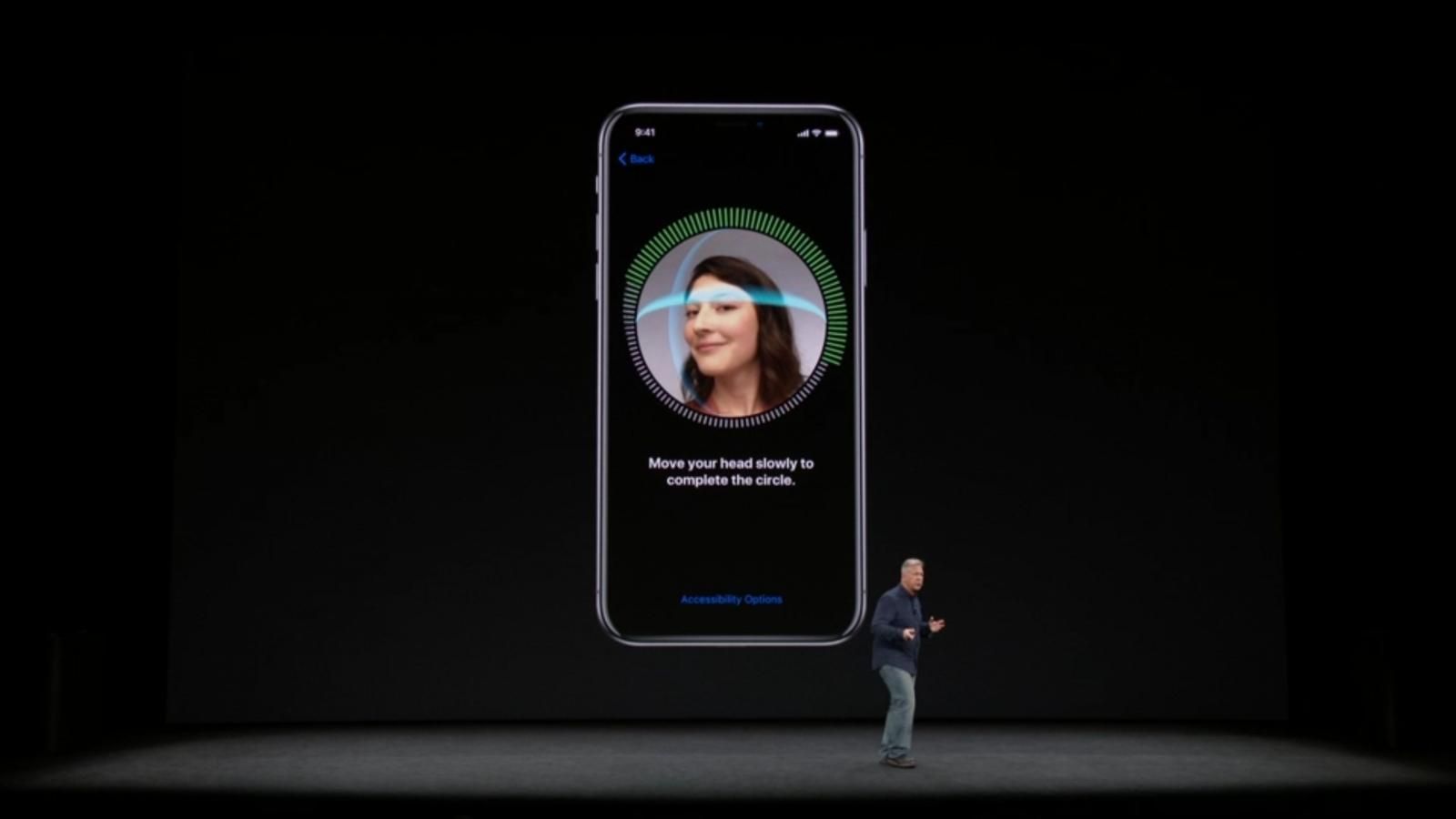Apple has been accused numerous times over the past years of following market trends rather than starting them, and more importantly, falsely advertising existing technology as innovation.
Technically, the iPhone X is hardly the world’s first facial-scanning mobile device, but without a doubt, Cupertino’s TrueDepth camera system and Face ID feature are a “revolution in recognition.”
Whether Apple lowered its initial quality standards or not to improve yields and ramp up production, this biometric authentication mechanism is lightyears ahead of rival solutions because it uses a so-called 3D sensor.
Samsung has only been able to integrate 2D sensing tech into the Galaxy S8 and Note 8, thus cutting some big corners in speed, accuracy and especially security. The same probably goes for inexpensive face unlock-supporting Android handsets like the OPPO F5, though change may be coming sooner than you think.
According to hit-and-miss “industry sources” quoted by Digitimes, both OPPO and Xiaomi have their sights set on 3D sensor adoption next year, with semiconductor giant Qualcomm in their corner.
The San Diego-based SoC and LTE modem manufacturer is reportedly working alongside Himax Technologies and Truly Opto-Electronics on super-advanced facial recognition solutions tipped to begin volume production as early as March or April 2018.
Huawei is obviously exploring its own biometric sensor upgrade, joining forces with Sunny Optical Technology to develop “related solutions for its premier models.” Bottom line, it’s safe to expect an onslaught of flagship Androids from China soon capable of reading your face for fast, secure and convenient authentication.
It remains to be seen just how accurate and reliable these Face ID competitors will be, and if this means screen-embedded fingerprint scanners are DOA.

